- Jabalpur Travel Guide: Best Places to Visit & Where to Stay
- Hotels vs Camps Magh Mela 2026
- Swaraj Bhavan
- Alopi Devi Mandir, Prayagraj
- Mumbai to Prayagraj
- Trip to Prayagraj
- Prayagraj Kumbh Mela 2024
- New Year Party in Prayagraj
- Minto Park Prayagraj
- Allahabad 3-Day Itinerary
- Ganga Aarti in Prayagraj
- Delhi to Prayagraj Route
- Sightseeing in Allahabad
- Prayagraj Hanuman Mandir
- Kumbh Mela Prayagraj
- Allahabad Fort
- Historical Places in Prayagraj
- Famous Temples in Prayagraj
- Famous Foods in Prayagraj
- Triveni Sangam Prayagraj
- Jabalpur Marble Rocks
- Places to Visit in Prayagraj
- Famous Foods of Jabalpur
- Best Time to Visit Jabalpur
BLOGTITLE
Lorem ipsum dolor sit amet, consectetur adipiscing elit, sed do eiusmod tempor incididunt ut labore et dolore magna aliqua. Ut enim ad minim veniam, quis nostrud exercitation ullamco laboris nisi ut aliquip ex ea commodo consequat. Duis aute irure dolor in reprehenderit in voluptate velit esse cillum dolore eu fugiat nulla pariatur. Excepteur sint occaecat cupidatat non proident, sunt in culpa qui officia deserunt mollit anim id est laborum.
Allahabad Fort
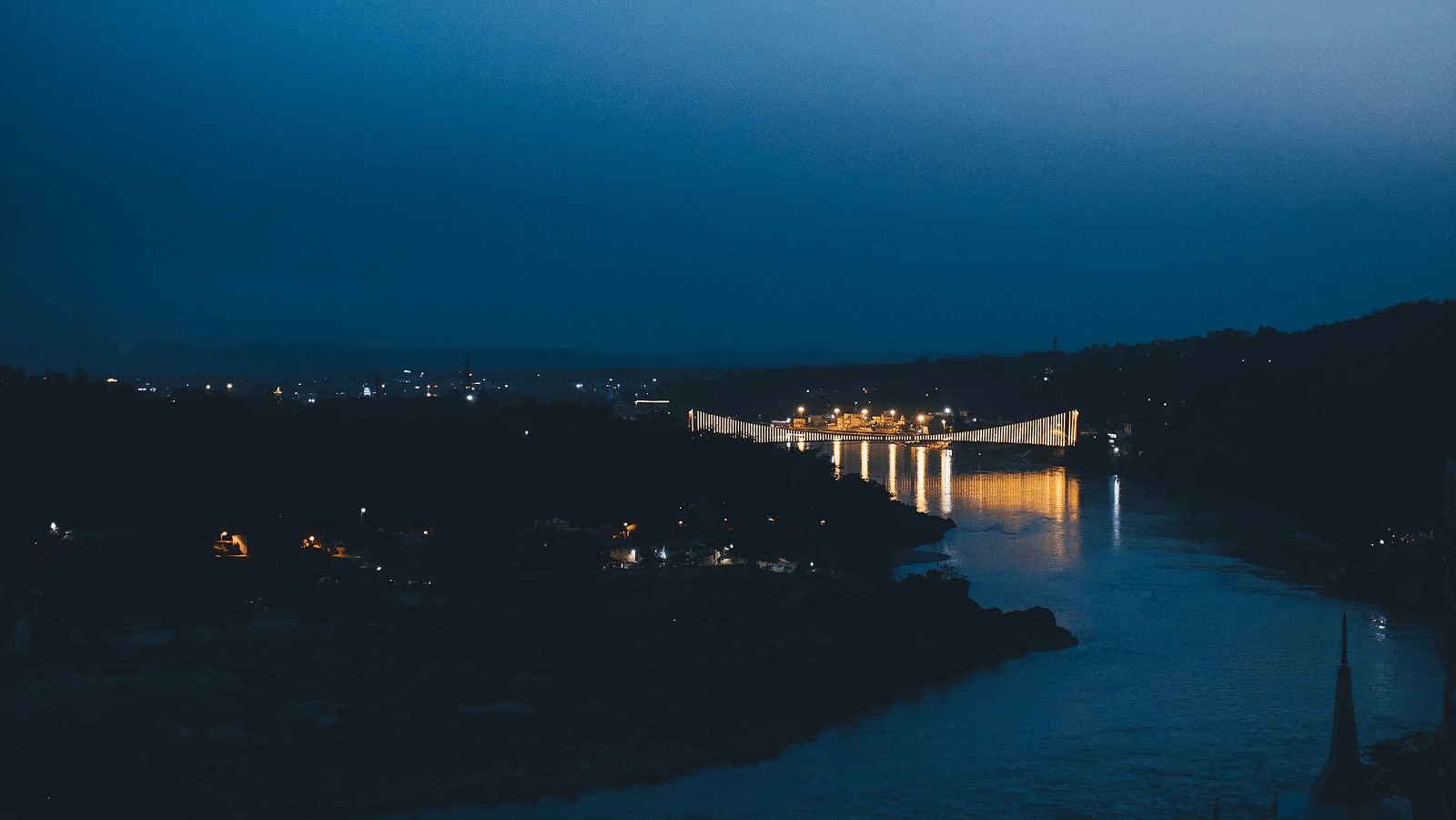
If you're planning a visit to Prayagraj, also known as Allahabad, make sure to include the magnificent Allahabad Fort in your itinerary. Nestled on the banks of the sacred confluence of the rivers Ganges, Yamuna, and the mythical Saraswati, the fort stands as a testament to India's rich history and architectural prowess. Let’s dive into the history of Allahabad Fort, its stunning architecture, and its significant role in Indian history.
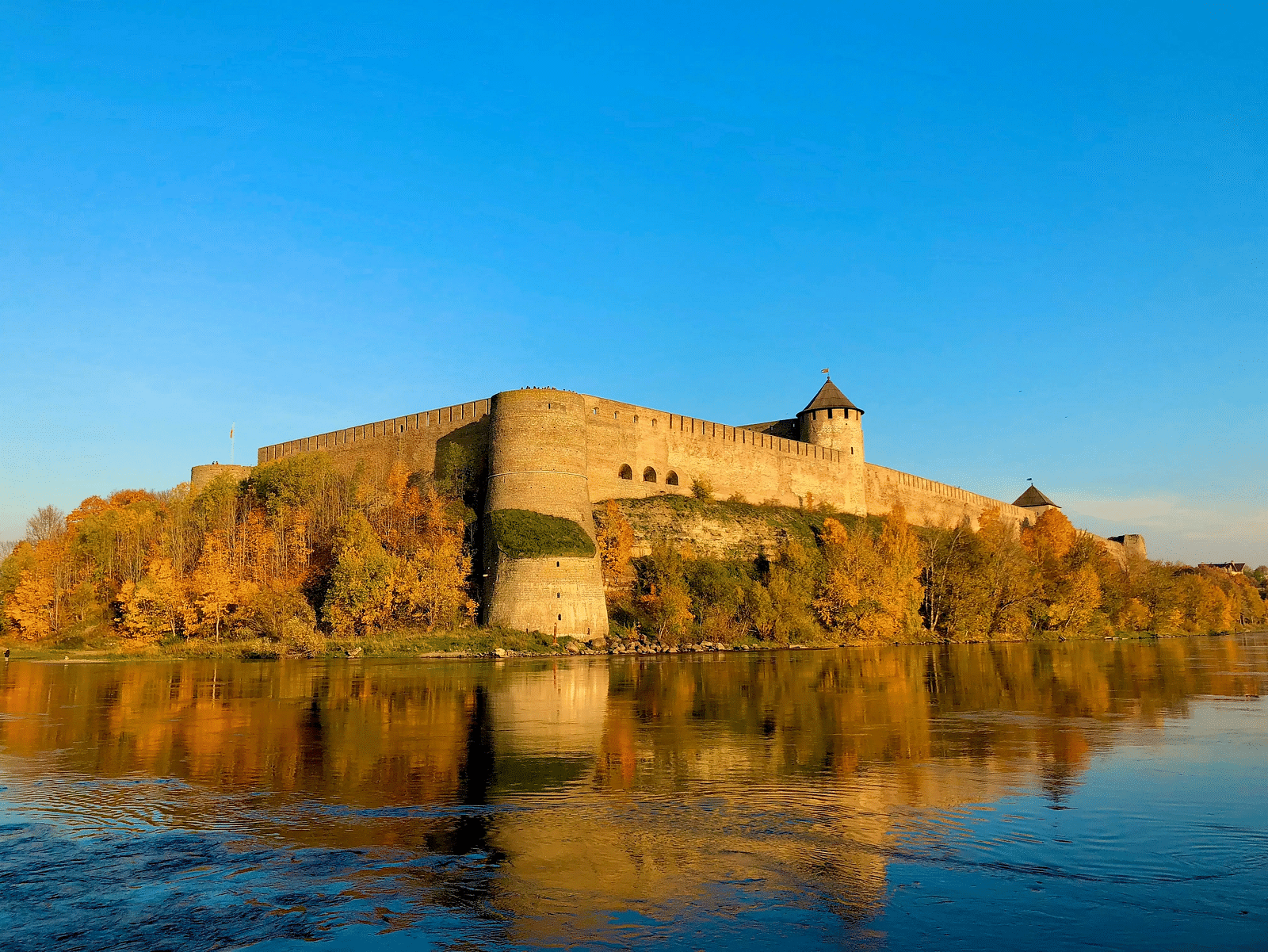
The Historical Significance of Allahabad Fort
The history of Allahabad Fort dates back to the Mughal Era. Commissioned by Emperor Akbar in 1583, it was built to strengthen Mughal control in the region. Akbar named the city 'Ilahabas', meaning 'abode of God', which later evolved into Allahabad. Over the centuries, the fort has been the site of numerous historical events, serving as a crucial military and administrative hub for various rulers.
Architectural Marvels of Allahabad Fort
Allahabad Fort is renowned for its grand architecture and strategic layout. The fort covers an extensive area and is surrounded by massive walls that enclose a blend of palatial buildings, courtyards, and temples. One of the most remarkable features is the Ashoka Pillar, which dates back to 232 BC and was relocated here from Kaushambi. The pillar, inscribed with edicts by Emperor Ashoka, stands as a symbol of India's ancient history and enduring legacy. Another notable structure within the fort is the Saraswati Koop, believed to be the source of the mythical Saraswati River. The Patalpuri Temple, an ancient underground shrine, and the Akshaya Vat, or the immortal banyan tree, are also key attractions. These sites have immense religious significance and draw pilgrims from all over the country.
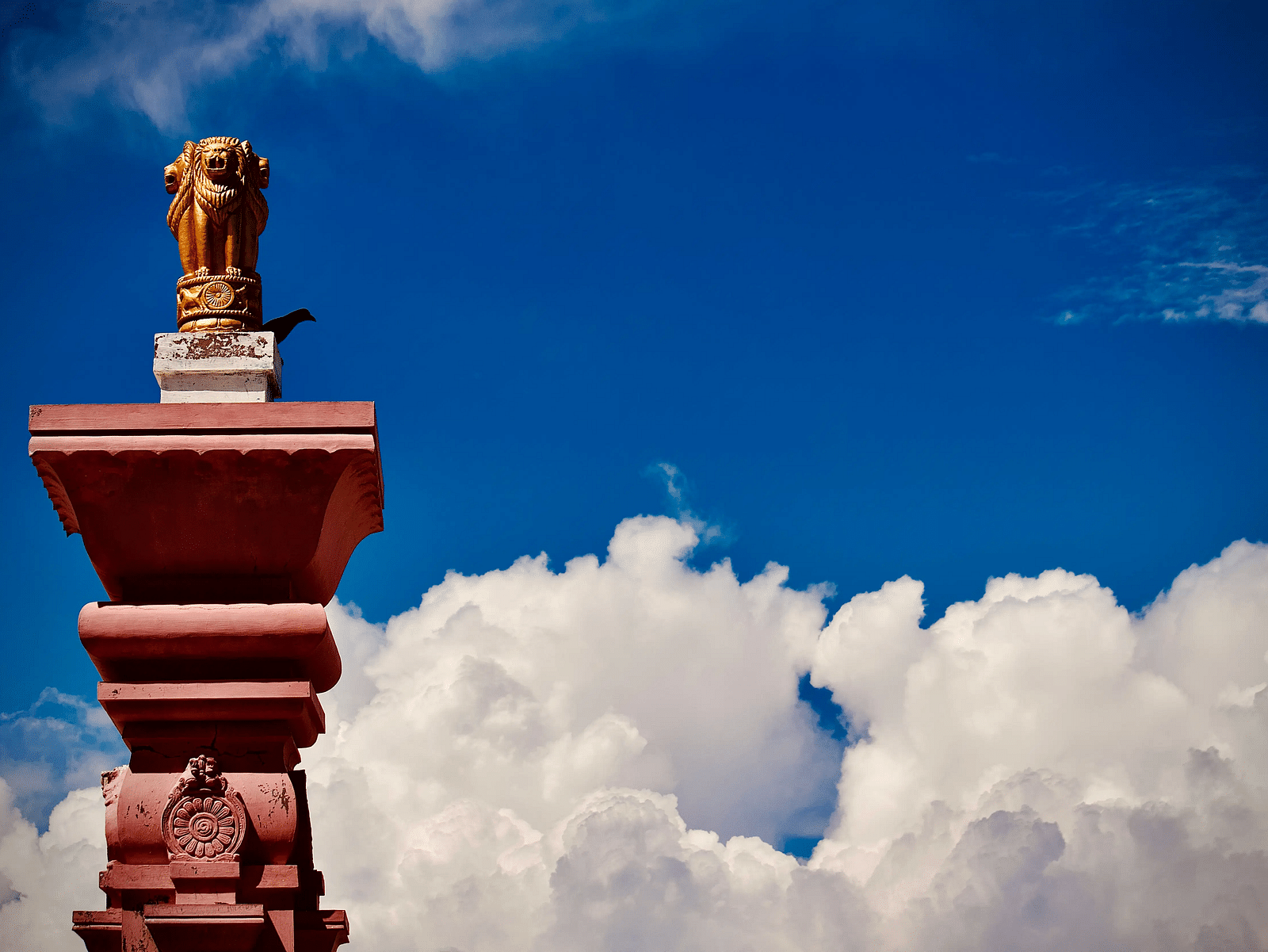
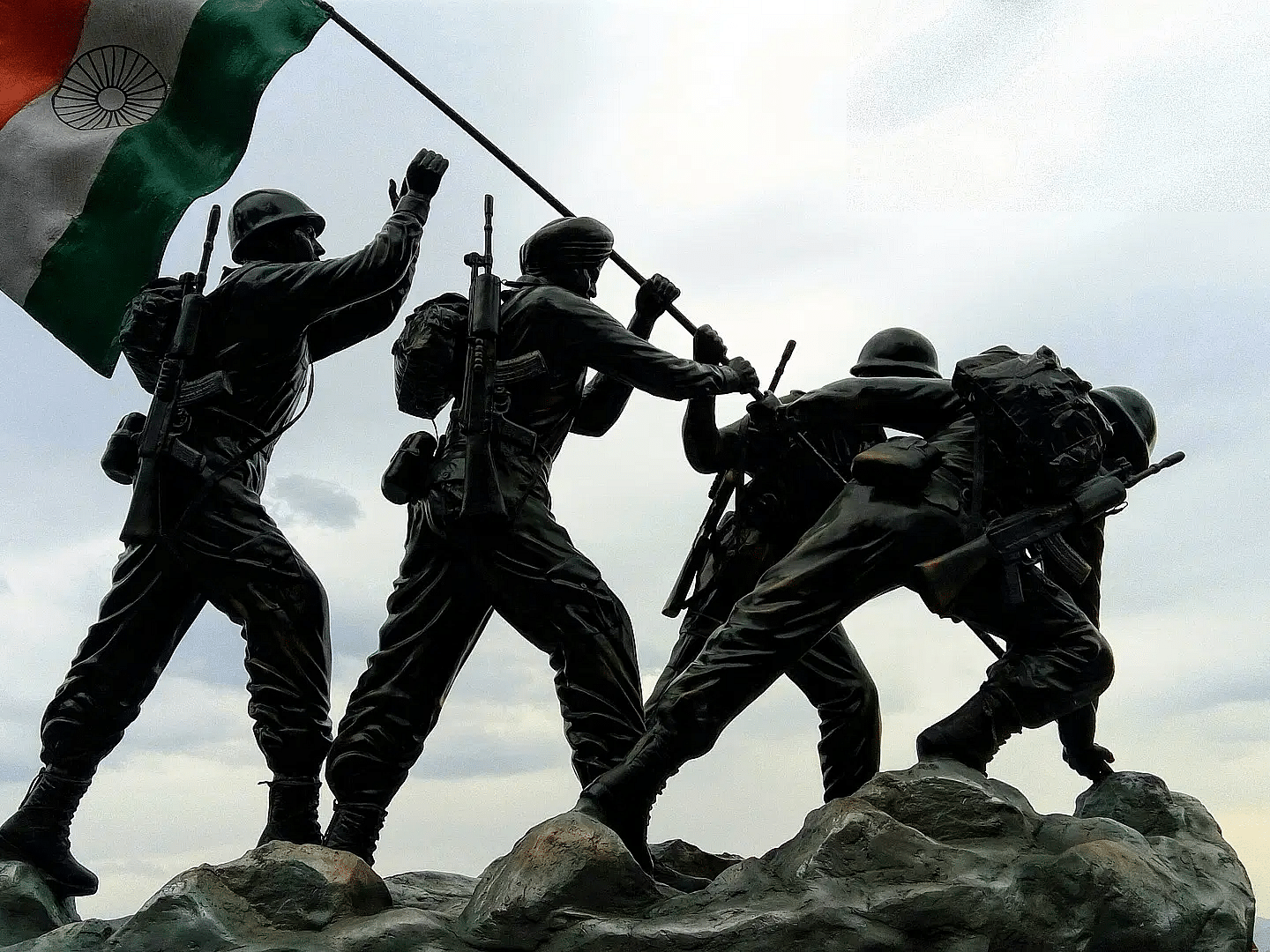
The Fort's Role in Indian History
Throughout history, Allahabad Fort has played a pivotal role in various significant events. During the Mughal period, it served as a military stronghold and an administrative hub. Later, it became a crucial centre for the British East India Company. The fort was the site of numerous conflicts and played a strategic role during the Indian Rebellion of 1857. The fort's significance continued into the modern era. It served as a base for the Indian Army and continues to be partially under their control. The fort's rich history and strategic importance make it a vital landmark in India's historical and cultural narrative.
Impact on Local Culture and Traditions
The existence of Allahabad Fort has had a significant impact on the local culture and customs of Prayagraj. The fort serves as both a historical landmark and a symbol of the city's past. It features a variety of cultural events and festivals that celebrate the region's rich heritage. The fort's religious attractions, such as the Patalpuri Temple and the Akshayavat, are important to the people's spiritual lives.
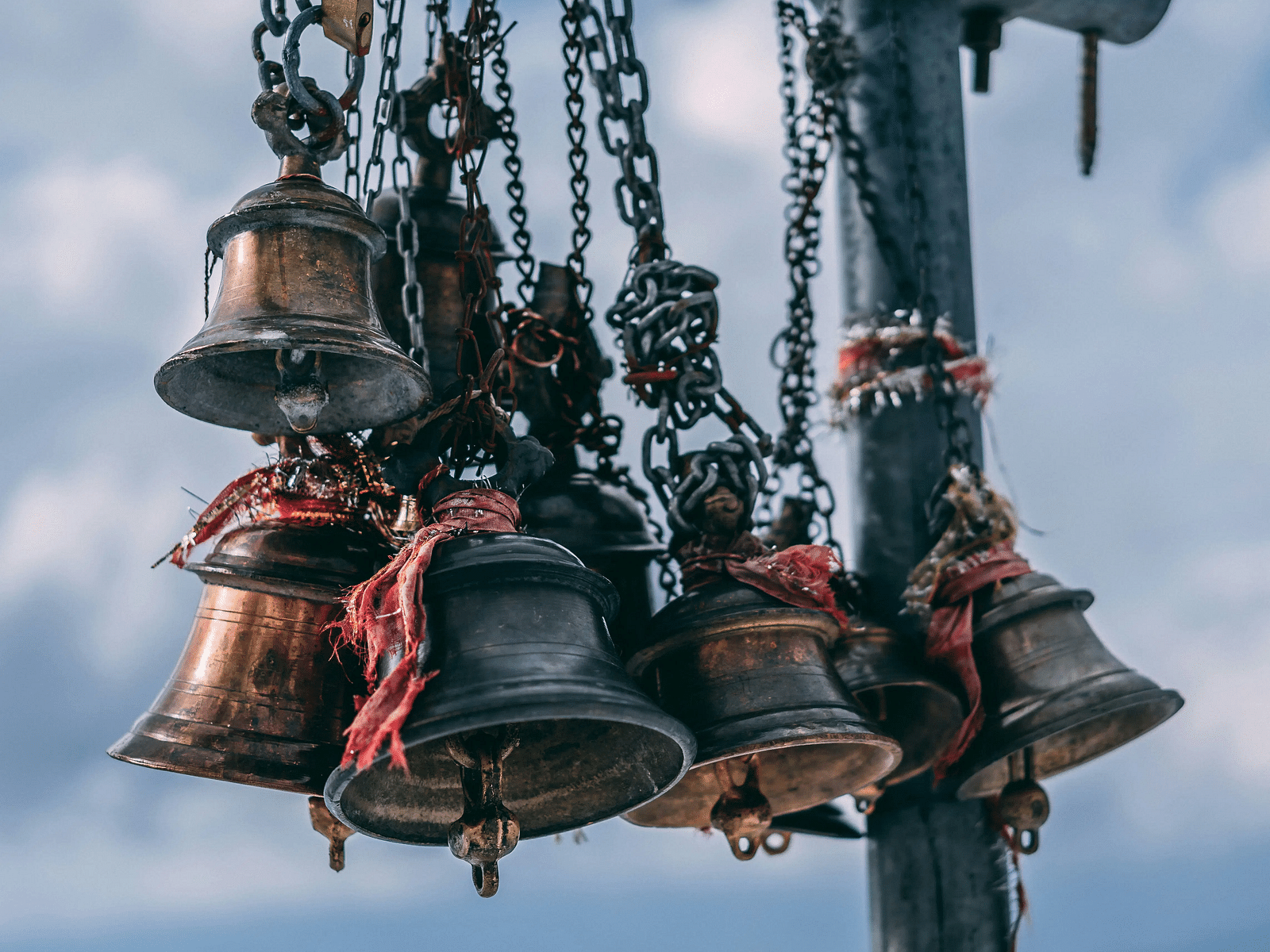
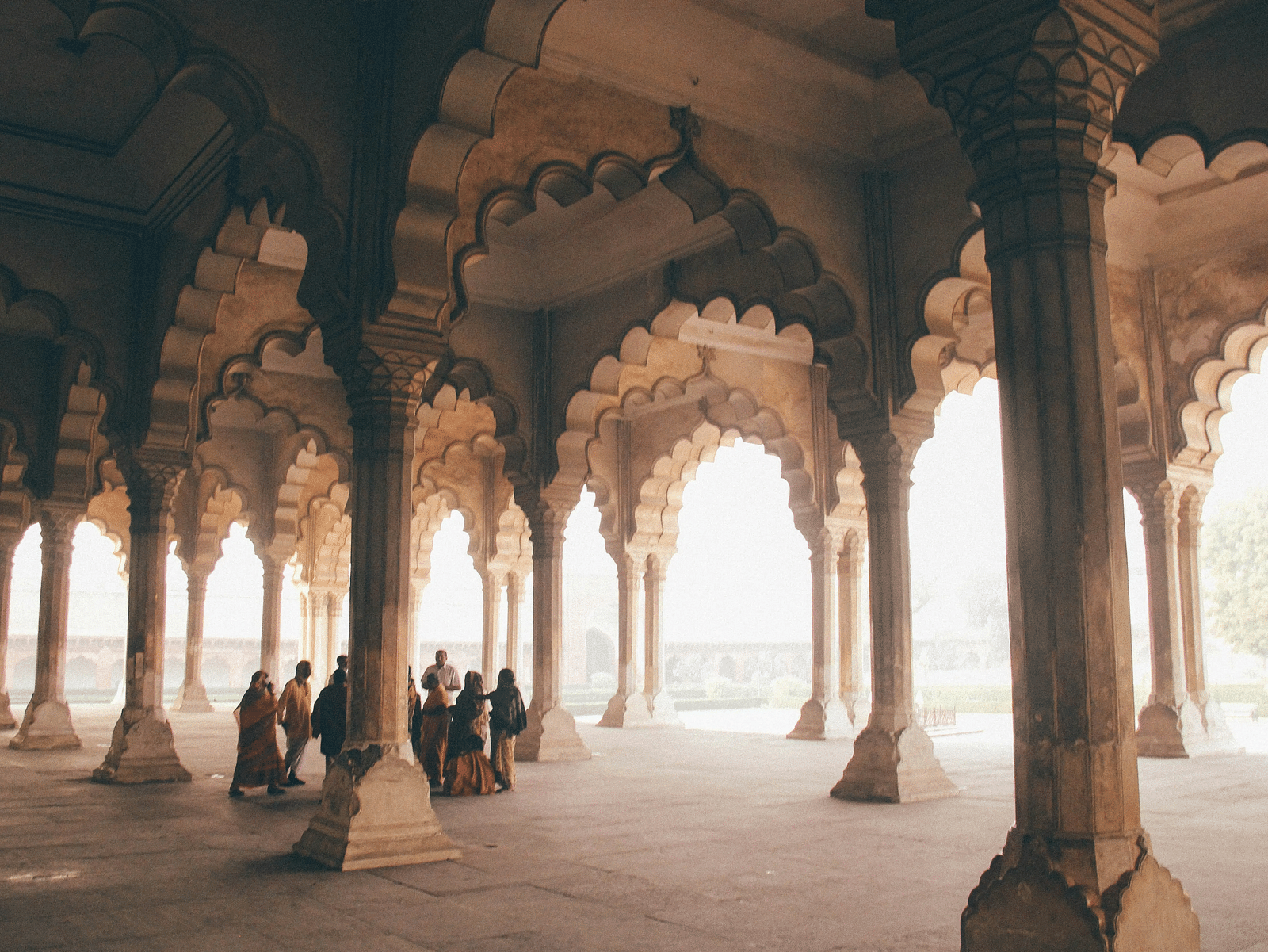
Planning Your Visit to Allahabad Fort
Allahabad Fort is open to visitors, but since it's a partially functional military base, some areas might be restricted. It's best to check the timings beforehand to avoid disappointment. Wear comfortable shoes, as exploring the vast complex requires a bit of walking. Remember, picnicking inside the fort isn't allowed, but there are plenty of eateries around the area to grab a bite after your exploration. Hiring a local guide might enhance your visit because they can give thorough information about the fort's history and architecture. Don't miss out on the awe-inspiring Kumbh Mela, one of the world's greatest religious gatherings, which takes place every few years at the Sangam, the confluence of the Ganges, Yamuna and Saraswati rivers.